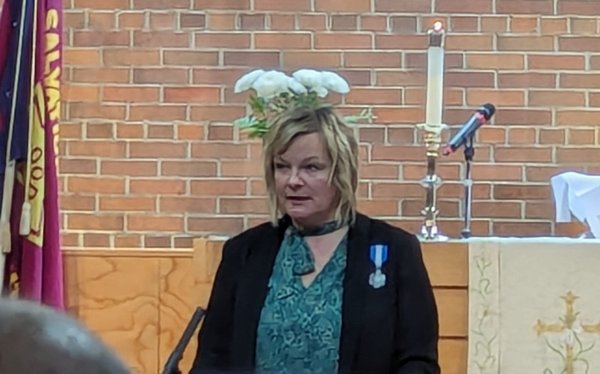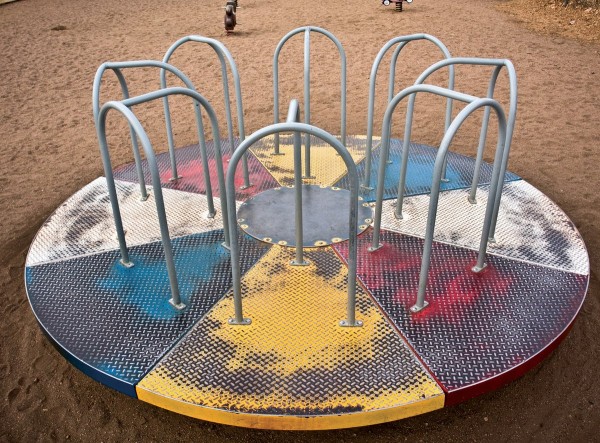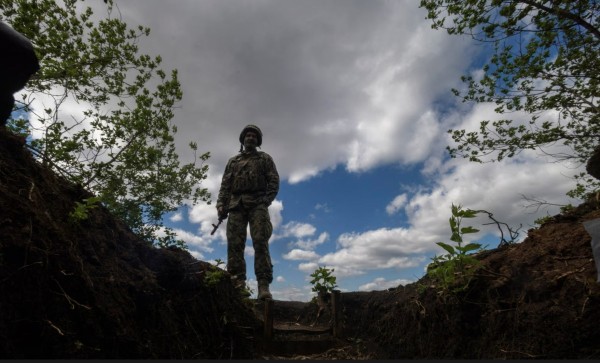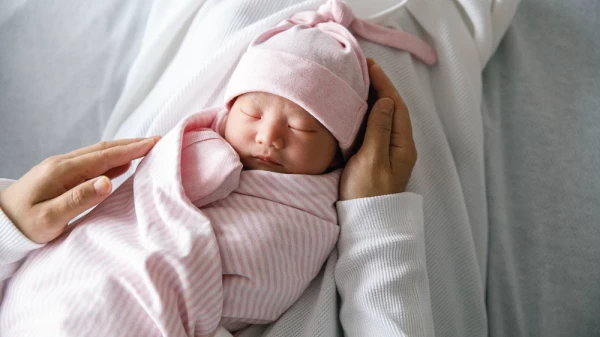VIENNA – The Russian Orthodox Church has canonized more than 1600 martyrs who suffered persecution at the hands of the Soviets, almost four times the number of saints it recognized before 1917 and a step that puts it at odds with any effort to return to the communist past or even to engage in historical revisionism.
In a speech to a Moscow conference on the 90th anniversary of the re-establishment of the patriarchate, Nikolai Emel’yanov, a professor at the St. Tikhon Humanitarian University, argued that “the Russian Church has become the Church of the New Martyrs” as those who suffered for their faith in Soviet times are called.
Emel’yanov, who has overseen the collection of data over the last 15 years about some 30,000 religious who suffered between 1917 and 1991, told the meeting this week that the number of those he and his colleagues have data about continues to grow by “approximately 2,000 each year” (http://www.regions.ru/news/210....
He noted that “as a result of all the waves of repression” in Soviet times, 425 hierarchs of the church had suffered, including all four men who occupied the Patriarchal throne after its restoration in 1917 – Tikhon, Sergei, Aleksii I and Pimen. And of those who were repressed, 247 were shot, while others died in prison or the camps.
But to list these names or even provide such numbers, Emel’yanov continued, is to understate the tragedy: he estimates that in the course of the 20th century in the Soviet Union “not less than 500,000 people” suffered and many of these were killed as a result of their commitment to Orthodoxy.
A large amount of the information about these victims of the Soviet state and the initial impulse to canonize some of the most prominent was begun by the Russian Orthodox Church Outside of Russia, the émigré church with which the Moscow Patriarchate has now entered into communion in the hopes of complete union.
Indeed many commentators are likely to conclude that the data Emel’yanov provides simply reflects this Kremlin-backed process of uniting the two branches of the Orthodox Church rather than being the product of new reflections by the senior members of the Moscow Church’s leadership.
While such calculations may have played a role, the Patriarchate’s willingness to move in this direction is impressive, especially since its efforts to canonize these Soviet victims means that the latter now constitute more than half of the slightly less than 3,000 saints recognized by all Orthodox churches put together.
But there is another aspect of this situation that is probably even more important, although it is one that Emel’yanov in his remarks (at least as reported in the Russian media so far) does not address: the impact of this Church initiative on Russian society and Russian politics and thus on the Patriarchate itself.
Because the names of these saints are now an integral part of the Church calendar, Orthodox Russians will be constantly reminded about the crimes of a state that some leaders in their country want only to praise or even at least in part restore. Such Russians and they are growing in number are unlikely to want to go along.
Not only are such Orthodox actions thus likely to serve as a check on those who remain positive about the Soviet past or are unwilling to condemn it, but they open the way to greater independence by the Church on other issues, something that could boost its authority by destroying the widespread belief that it does whatever the Kremlin wants.
Few Russian or Western analysts talk about religious groups when they enumerate the institutions of civil society, but such communities often play an equal or greater role than other “NGOs” in post-communist countries which lack a civil society tradition.
That is something the Moscow Patriarchate of the Russian Orthodox Church has just demonstrated, but how far it will try to proceed in this new direction and equally how far the current Russian government will allow it to remain very significant but unfortunately very open questions.
Russian Orthodoxy has become ‘Church of the new martyrs,’ scholar says (4)
Archived Articles | 21 Nov 2007 | Paul GobleEWR
Viimased kommentaarid
Kommentaarid on kirjutatud EWR lugejate poolt. Nende sisu ei pruugi ühtida EWR toimetuse seisukohtadega.
Do you ever go back and re-read past samples of your vapouring. Probably not. But you ought to because you'd be embarrassed. Yes, even you!
Listen what my son tell you-he is good man and honest believer.
Just as the Western world justifies its morally flimsy existence through the acknowlegement that more sin produces more reasons to keep moving along the same path, so the Russians imagine that by taking a critical look at their immediate past they can justify the promotion of so many martyrs to sainthood. It's not that easy, and the only true saints are already known to the orthodox faithful, because they appear every year in the Church calendar.
Archived Articles
TRENDING




















